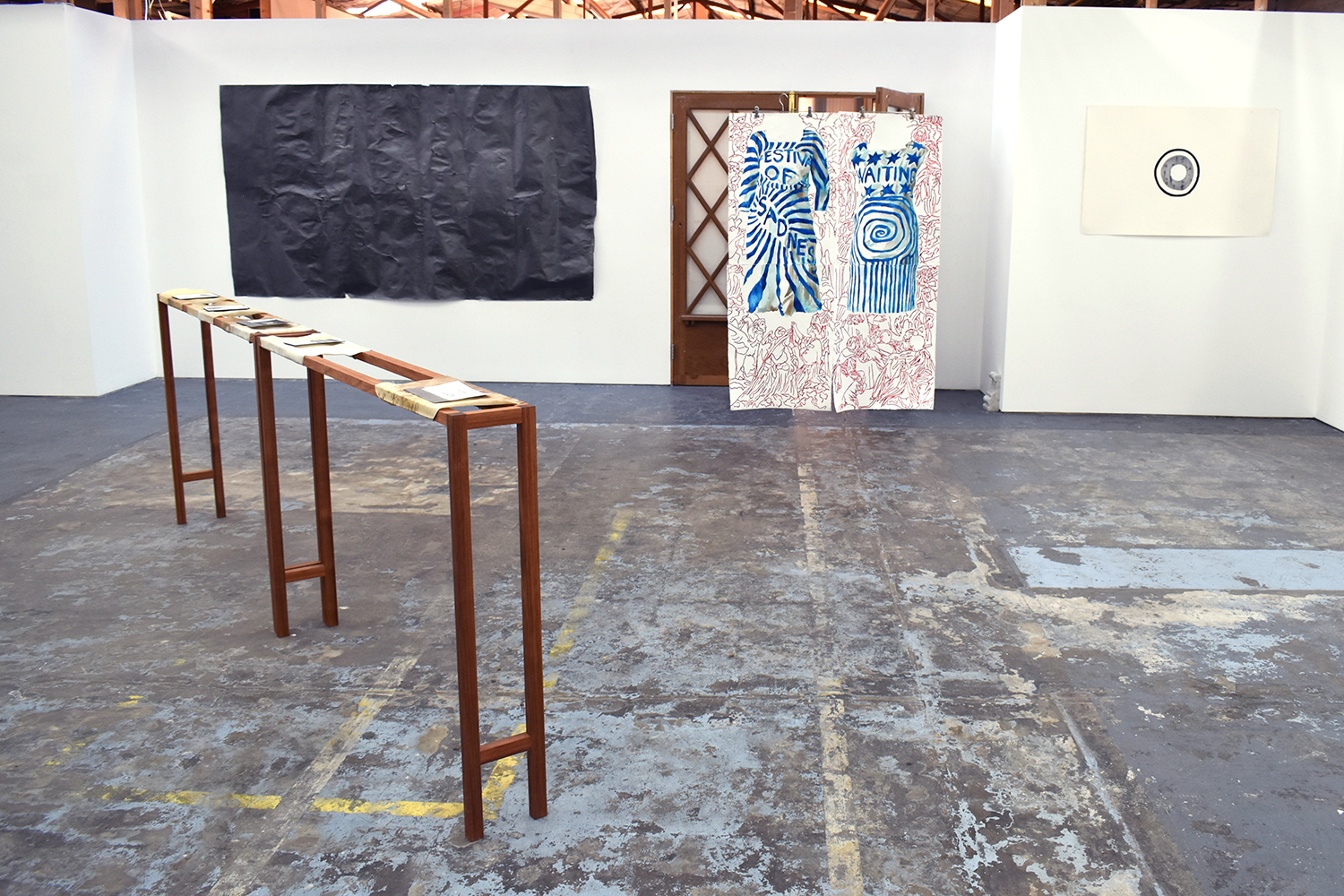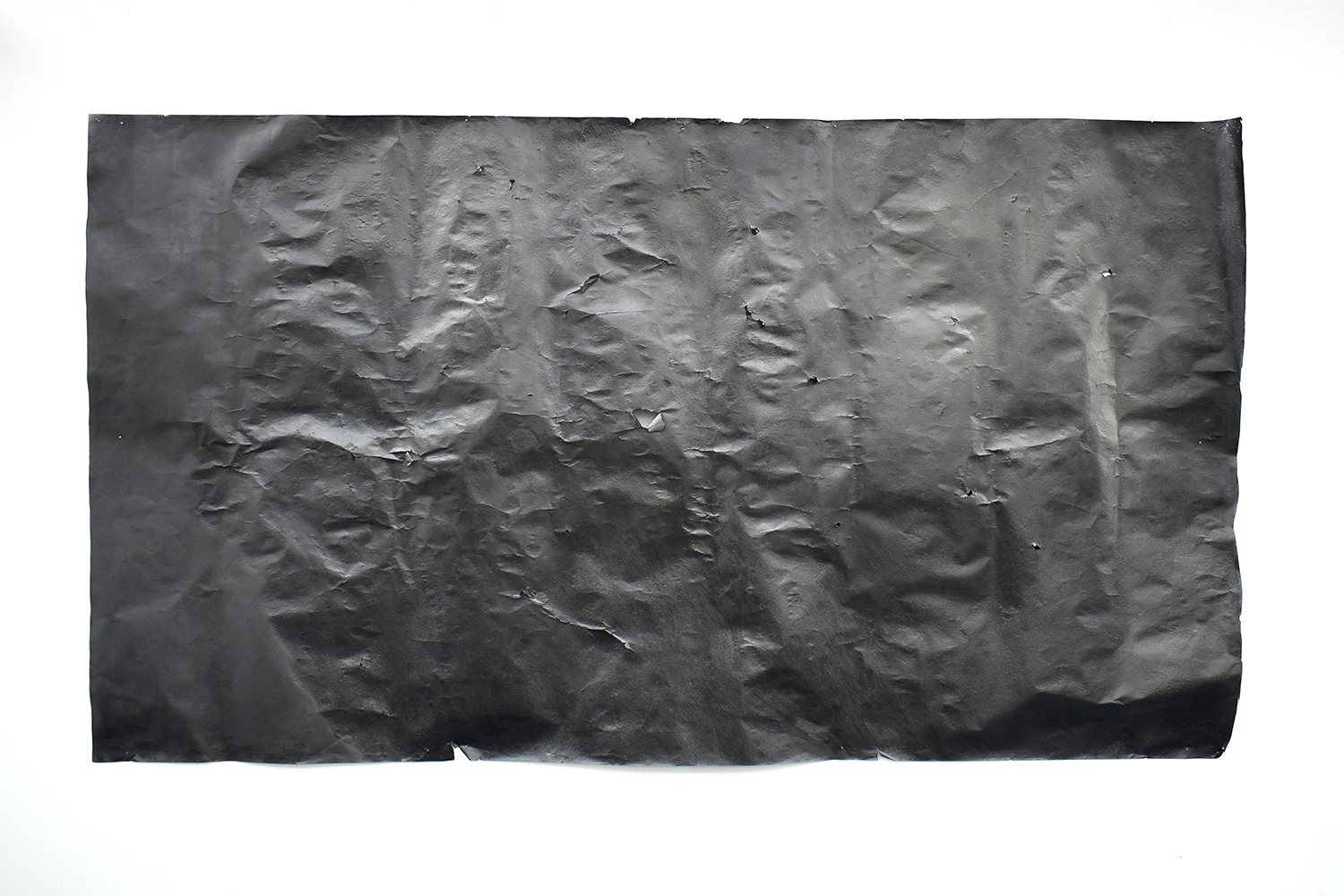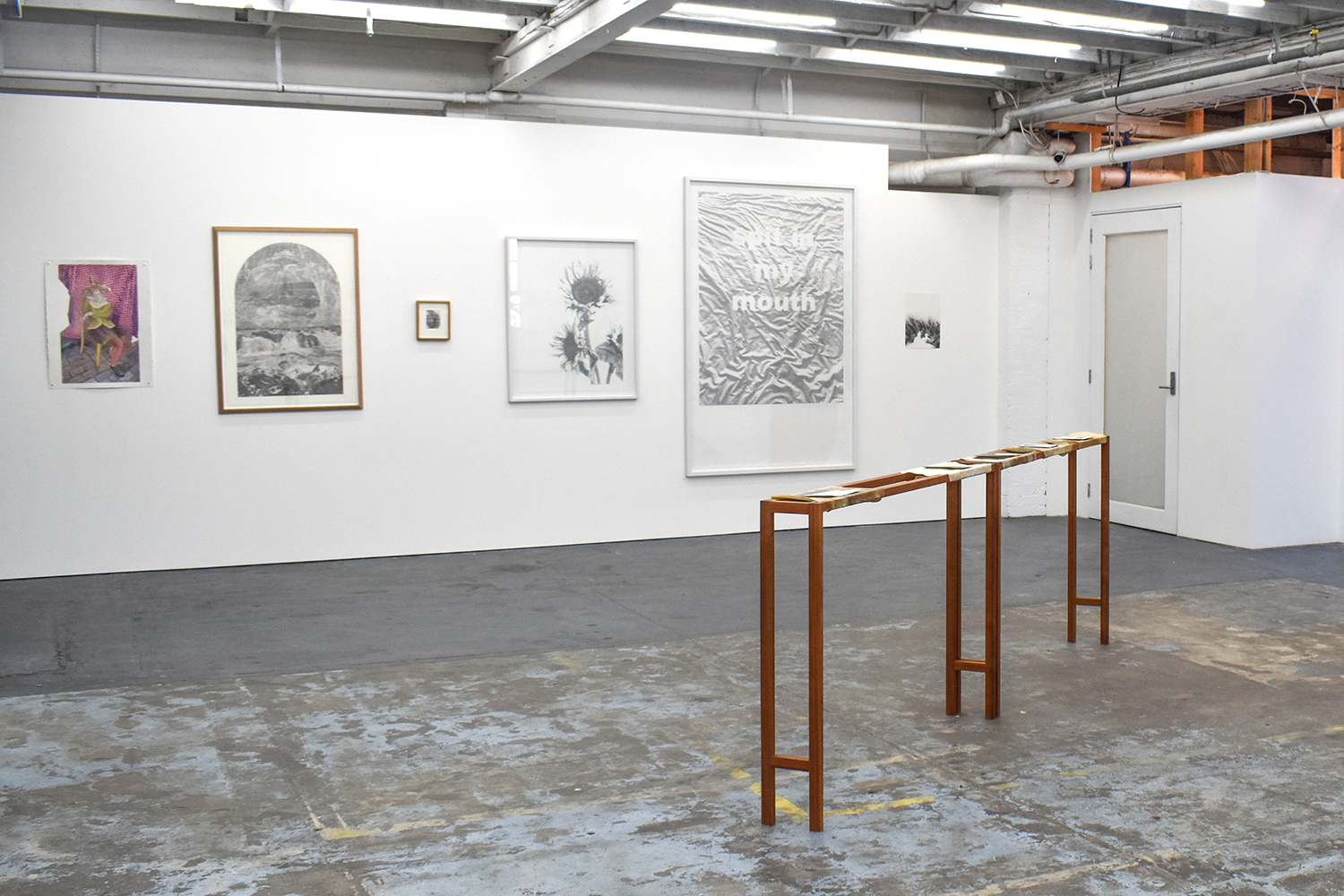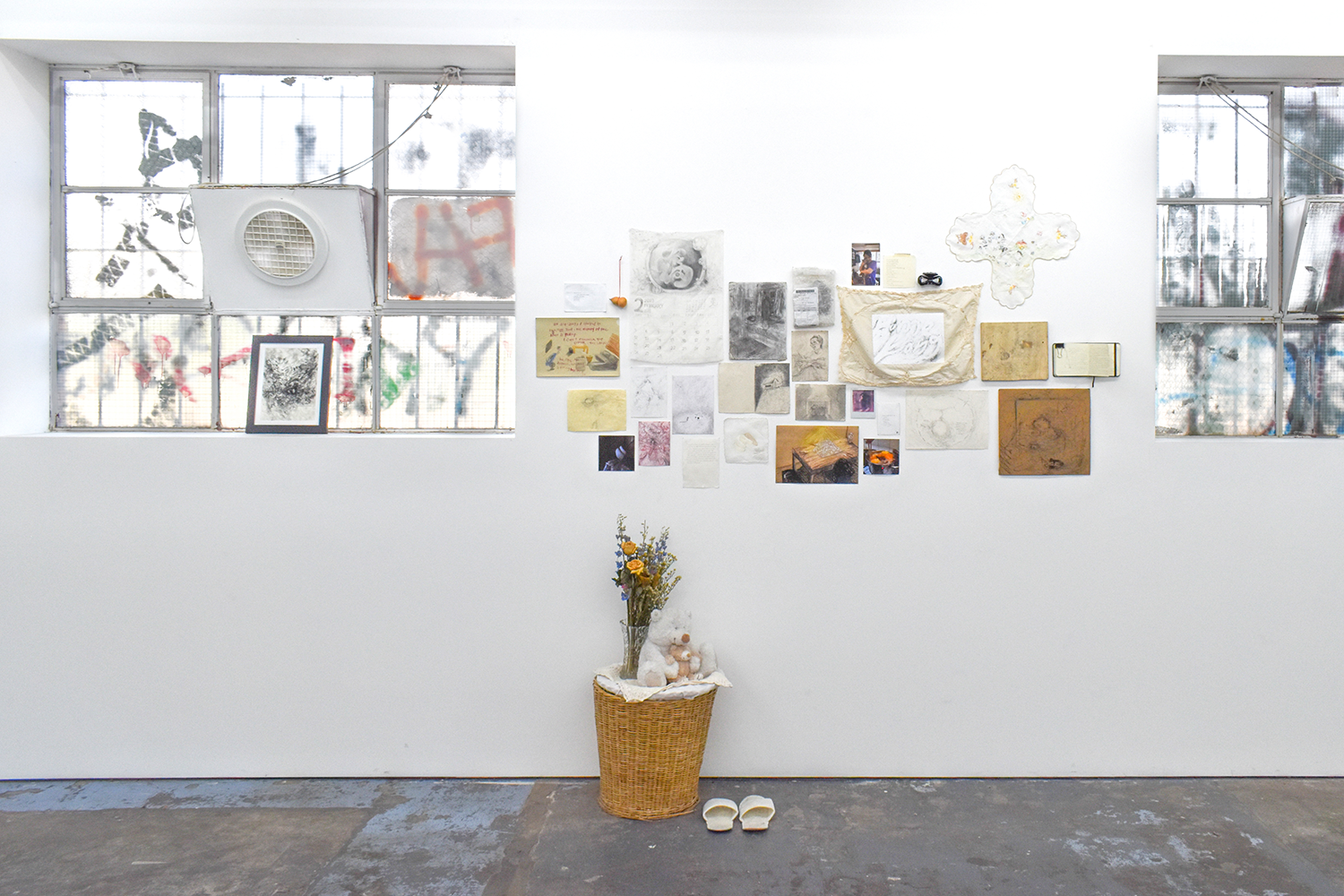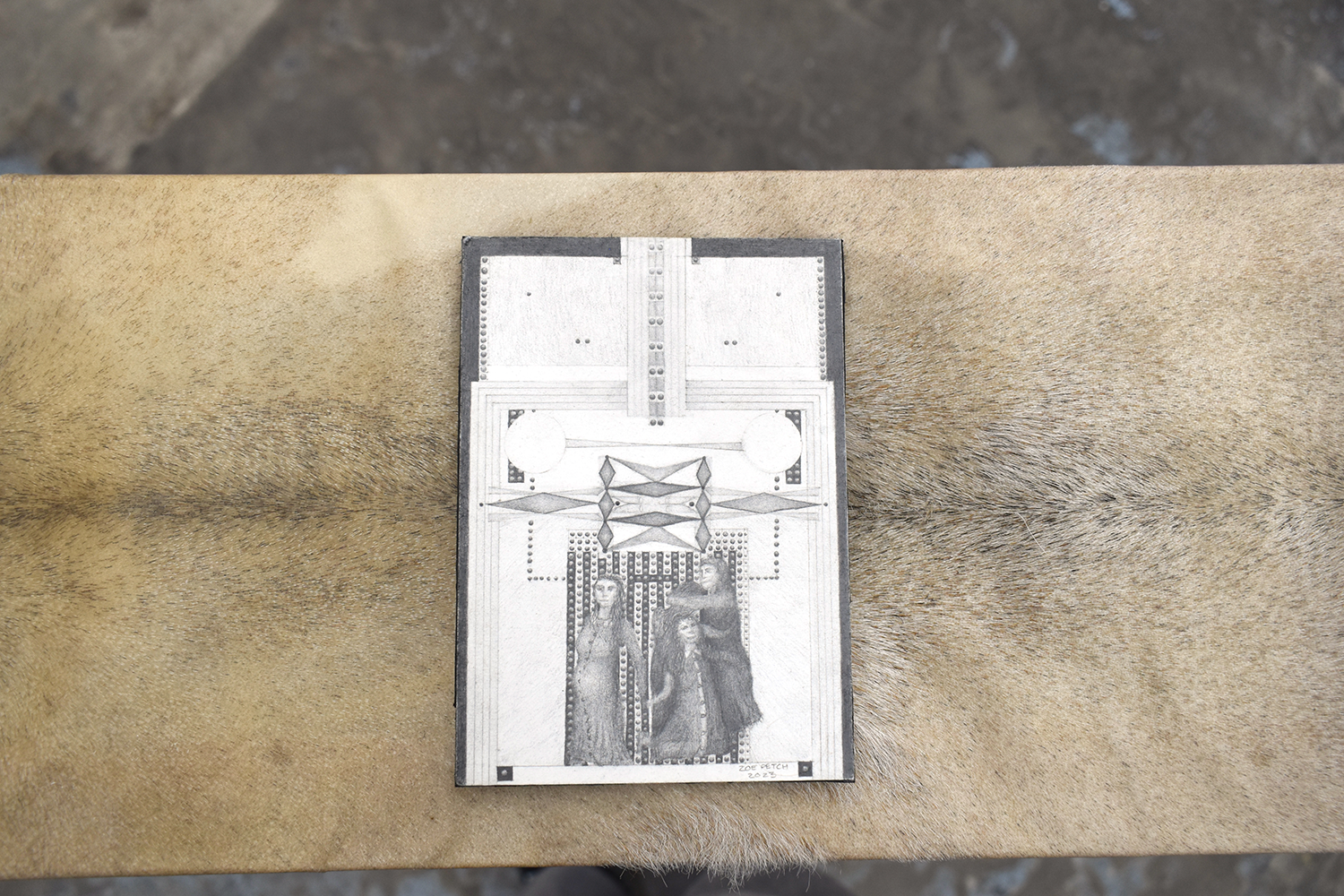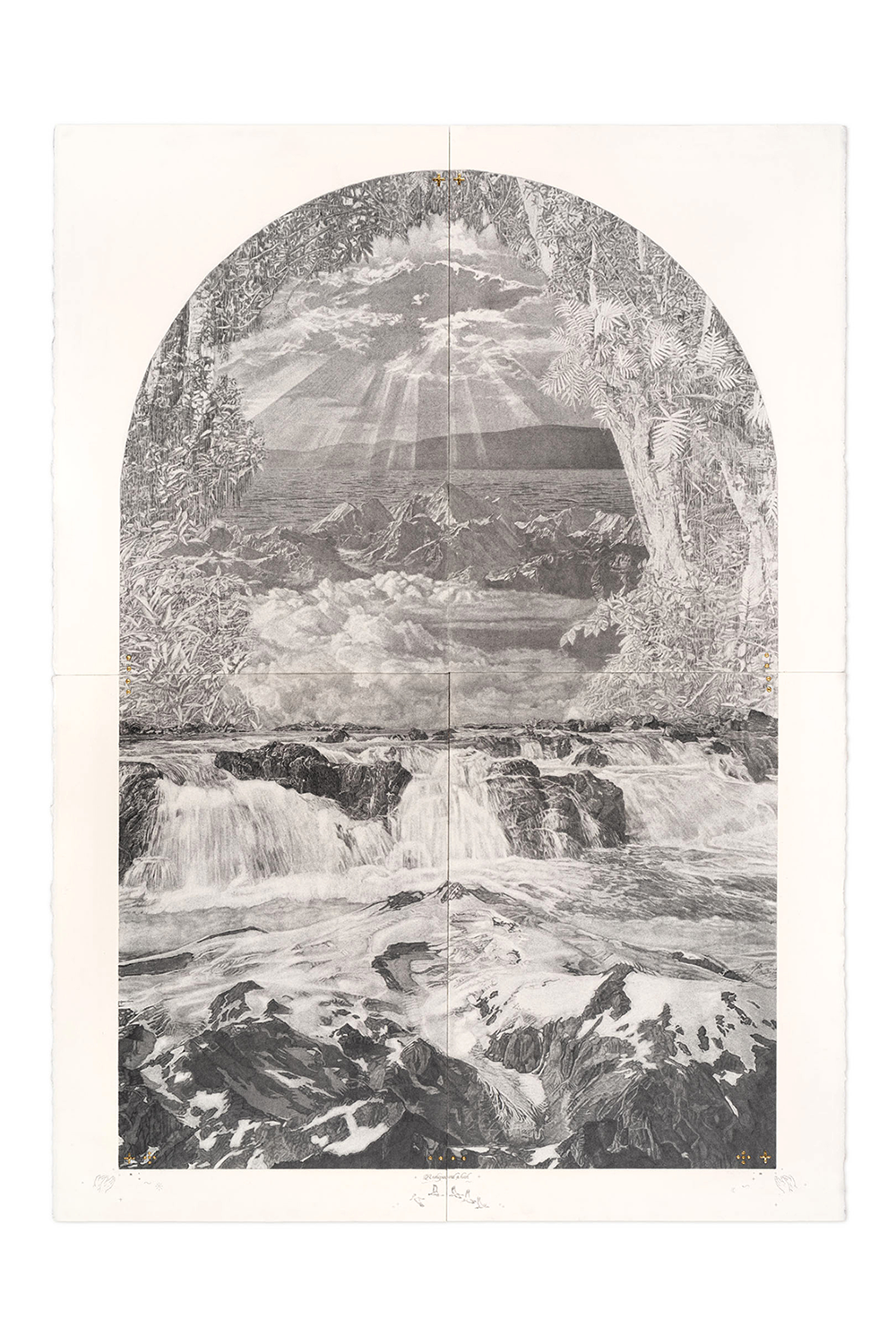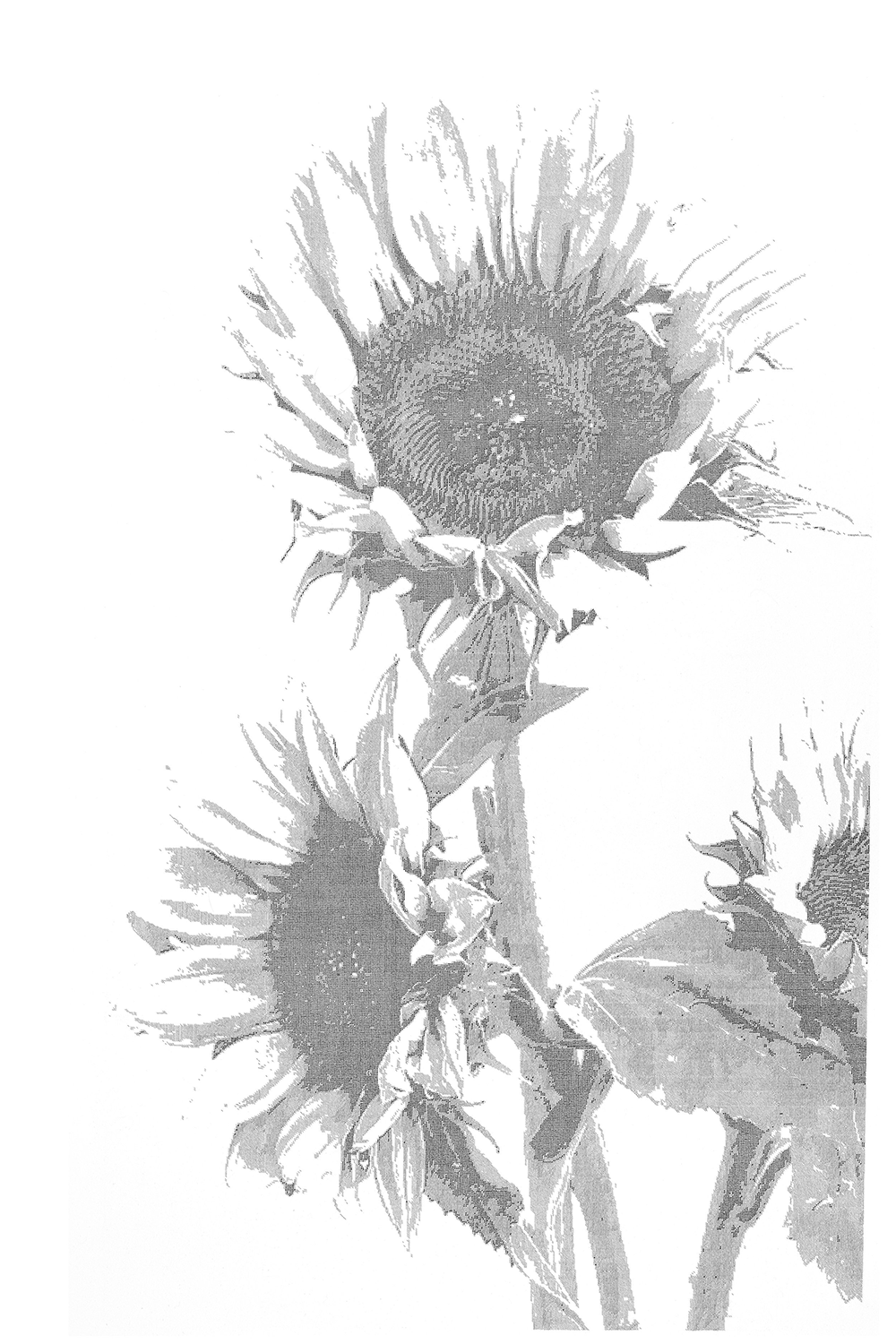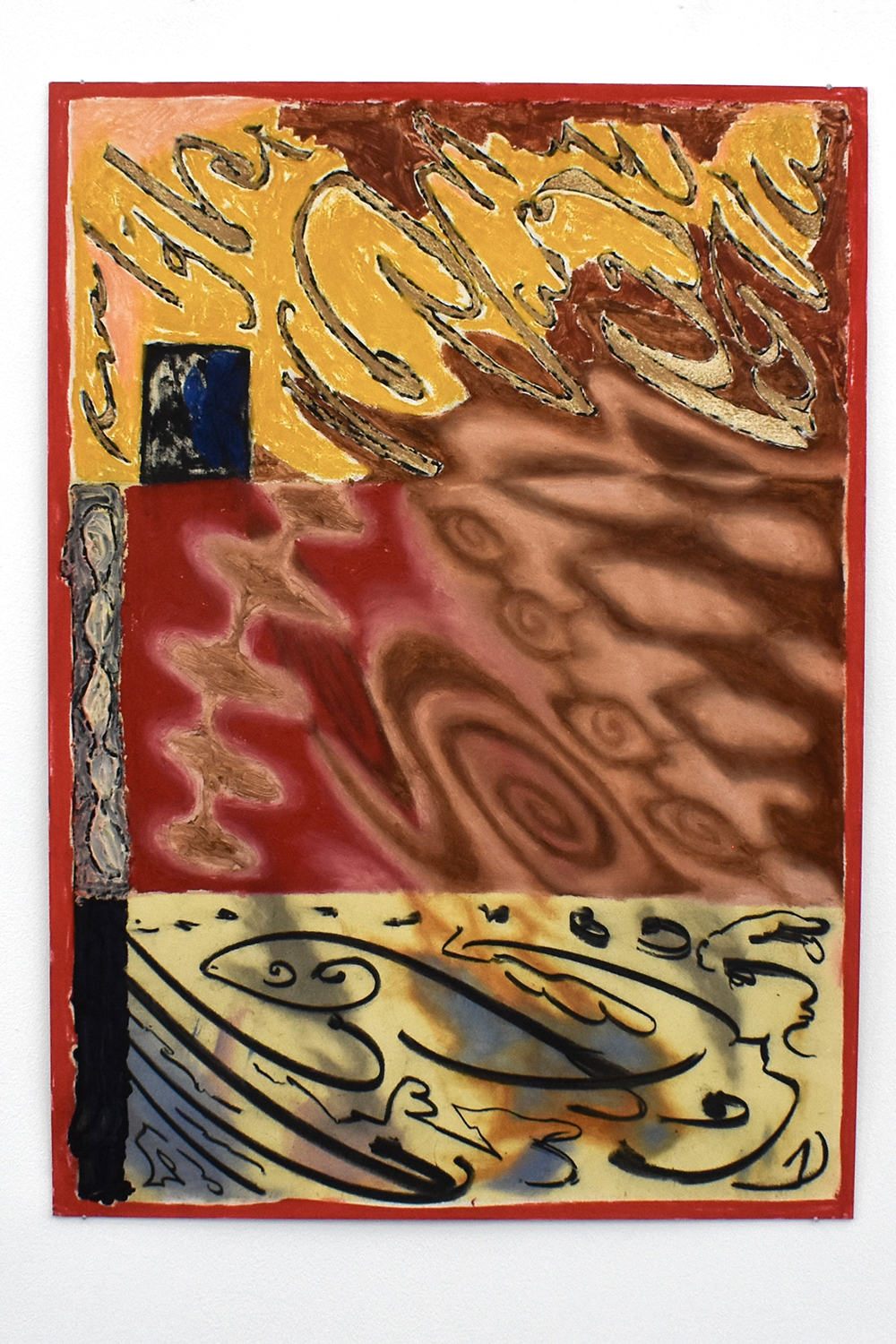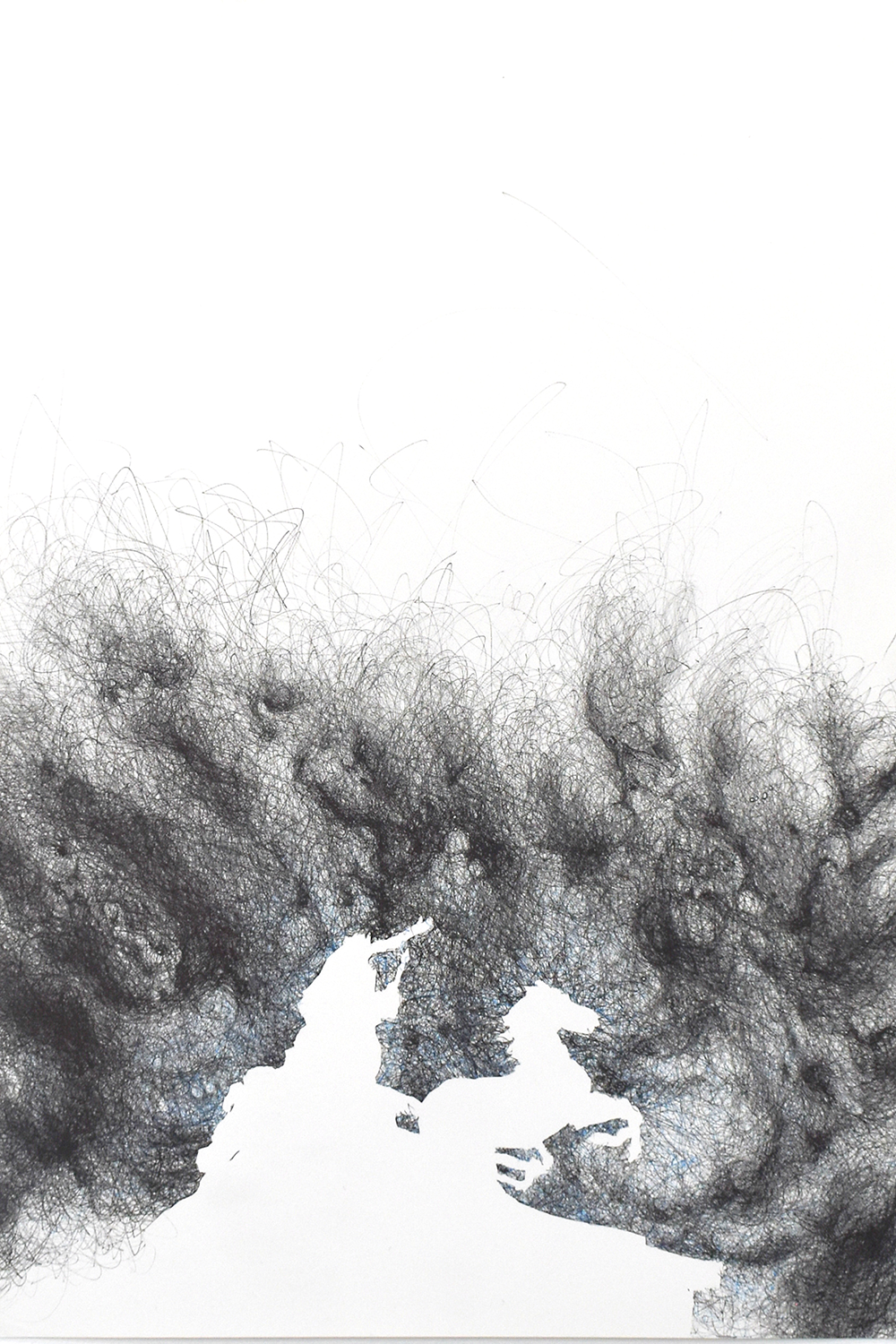Feeling Drawing Thinking at Mejia
Feeling Drawing Thinking
9–24 February, 2024
Mejia
33 Tinning Street, Brunswick
Current Drawing department staff members Ruth O’Leary and Benjamin Sheppard have assembled their work along with RMIT alumni and three prize winning 2023 graduates from the Drawing department in the School of Art — a humble local survey of recent drawing practice in the continuum of people making marks that communicate feelings and embody thought.
Participating artists: Madeleine Joy Dawes, Rachael Goy, Ruth O’Leary, Becc Ország, Zoé Pietrzniak, Jas Shalimar, Benjamin Sheppard, Ka Yan So (Kelly), Annie Wallwork and Mia Zamparo
A new Drawing Concept show celebrating RMIT School of Art Drawing Studio practice kindly hosted for its first iteration by Mejia Gallery in Brunswick.
Feeling Drawing Thinking
It is common to consider drawing as a way of thinking. The earliest universities included drawing alongside rhetoric and logic in their systems designed to apprehend a rapidly changing world. However, to draw is not simply to think visually. With thinking comes feeling and this binary is often understood as the intuitive verses the rational. This hard dualism is a falsehood. Feeling Drawing Thinking offers a complex and nuanced conversation between and across this supposed divide. It demonstrates undulating rhythms of feeling and thinking that motivate various actions of drawing. It surveys ideas, histories, and even considers the sublime! It delves into deeply personal spaces and socially constructed experience. It gets you thinking and feeling while beckoning the drawn gesture on.
With 21st century understandings of haptic knowledge and complications to the notion of the brain as the exclusive locus of the mind, we have come a long way from Giorgio Vasari’s concept of disegno ie. a thing ‘formed in the mind and then expressed with the hands’. One might ask, where does the felt mark emerge from in this model? In his musings on the facility of drawing, Vasari goes on to say that ‘this disegno is none other than an apparent expression and declaration of [a] concept that evolves from the soul...’ Vasari, 1550
Whether it be from a ‘soul’ or some other metaphysical manifestation of the human sensory experience, mark-making of the intuitive kind can be difficult to cleave from depictive marks made in works of a feeling? For that matter, what aspects of process embody a way of thinking and/or feeling? Around the exhibition space marks are made to obliterate themselves, to count a life tragically lost and to hold onto a childhood comfort that is in the process of slipping away. Some are made to draw attention, others to trick the eye while inner psychologies are felt through and thought around. Notational systems are translated in ways to express other creative forms. Each is a coded language of marks that render words like the ones on this page as problematic didactics.
Underlying all in the works in Feeling Drawing Thinking is the time involved in their production. This labour and years of developmental practice brings a weight to what is an aesthetically light sensibility in the space. The countless hours and intensive devotion to ideas and feelings is embodied in the surfaces, textures, and spaces that each work explores in different ways and to different ends. This effort over time reveals palpable undulations that present pictorially, physically, and in the narratives, shared histories (which tend to repeat) and personal experiences that inform them. Like waves rippling through the mind, bodies, and experiences of the artist into the work, these undulating rhythms ultimately resonate in the mind body and subjective experience of the viewer.
You cannot discuss drawing without mentioning what is not drawn. To make a mark is to make a choice and any mark made creates an absence. What is not depicted can become the subject. Whether an intentionally conspicuous omission rendered in the purity of a surface untouched, or the obliteration of imagery that moves a viewer to contemplate something unseen, absence also undulates through the exhibition. Approaching the space with this in mind, you uncover more of what is suggested by marks made: the acknowledgement of life that no longer exists or one that will never; the suggestion of a photographer employed to capture a source image; forgotten and overlooked histories and the missing progressions of systematised works that seem part of an larger series. From all that is retrievable from the works present, what is undeniable is the suggested presence of the artist at work in the studio. Obsessing. Feeling. Drawing. Thinking.
Ruth O’Leary and Benjamin Sheppard
Feeling Drawing Thinking exhibition essay
(338KB PDF download)

